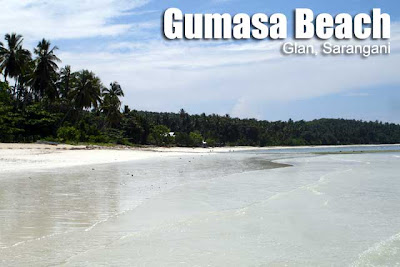 The City of San Fernando, Pampanga will end the Pyestang Tugak: 5th Annual San Fernando Frog Festival later today. This event is extra special to me since I organized the first one way back in 2003. Frogs are a unique part of Pampanga culinary traditions. And by organizing the festival, the city is ensuring that these traditions are preserved and promoted.
The City of San Fernando, Pampanga will end the Pyestang Tugak: 5th Annual San Fernando Frog Festival later today. This event is extra special to me since I organized the first one way back in 2003. Frogs are a unique part of Pampanga culinary traditions. And by organizing the festival, the city is ensuring that these traditions are preserved and promoted. There is a traditional way of catching frogs called paduasan. In the early days, when the rains came, while the elders where busy planting rice, kids would catch frogs. This game eventually evolved into a specialized technique and skill. Catchers use a bamboo rod called the paduas. And at the end of the string, they attach a type of worm called bulateng tudtud or sleeping worm. Once the frog bites, its tongue get entangled with the worm, and the catcher is able to hurl it up in the air and lets it fall into a net called panyapu.
There is a traditional way of catching frogs called paduasan. In the early days, when the rains came, while the elders where busy planting rice, kids would catch frogs. This game eventually evolved into a specialized technique and skill. Catchers use a bamboo rod called the paduas. And at the end of the string, they attach a type of worm called bulateng tudtud or sleeping worm. Once the frog bites, its tongue get entangled with the worm, and the catcher is able to hurl it up in the air and lets it fall into a net called panyapu.It was a common sight to see people lined-up on top of the pilapil or rice paddies with a paduas in one hand and panyapu in the other, patiently waiting for the frogs to bite. The trick was to move the paduas in a slow horizontal direction, as quiet as possible so as not to agitate the frogs, mimicking the movements of insects hoping on the water surface.
 Of course, the festival features frog cuisine in the lutung tugak competition which is scheduled today. The most popular traditional dish is undisputedly betute (which is Kapampangan for tadpole) or deep-fried frog stuffed with minced pork or even frog meat. During the festival, HRM students battle it out in preparing new frog recipes in hotel worthy presentations; while ordinary citizens come up with the best tasting traditional dishes.
Of course, the festival features frog cuisine in the lutung tugak competition which is scheduled today. The most popular traditional dish is undisputedly betute (which is Kapampangan for tadpole) or deep-fried frog stuffed with minced pork or even frog meat. During the festival, HRM students battle it out in preparing new frog recipes in hotel worthy presentations; while ordinary citizens come up with the best tasting traditional dishes. We also added some fun games for the kids with the papyalung tugak which includes frog races, longest jump and dress-up-your frog competition among many others. They even have frog mascots nowadays.
We also added some fun games for the kids with the papyalung tugak which includes frog races, longest jump and dress-up-your frog competition among many others. They even have frog mascots nowadays.If you missed the one this year, don't forget to check it out next October. Thanks to Ching Pangilinan for the photos!
Heritage updates
Lim reopens historic Manila museum
This is great news for the City of Manila! The elegant Army and Navy Club National Landmark which Atienza turned into a bodega is now the Museo ng Maynila again. Congratulations as well to the revived Manila Historical and Heritage Commission!
Save the Mt. Guiting-Guiting ecosystem!
Help organize a G2 protest climb!
Sibuyan Island in the province of Romblon stands out. It's called the Galapagos of Asia because of its high concentration of endemic species. One third of the 46,000-hectare island is a protected area. It's also home to heavily-forested Mt. Guiting-Guiting which has as much as 75 percent of its forest cover intact, and beautiful and clean rivers. Guess what? Mining is in! Now isn't that stupid? Before leaving the DENR, Sec. Angelo Reyes approved five special cutting permits to clear forest land for mining activity despite the strong opposition of the island's residents. That's an estimated 59,000 trees to be cut! All for nickel, the country is giving up a more precious treasure, the natural heritage of Sibuyan Island.
Read the Inquirer article for more details about this catastrophic turn of events. It's about time mountaineers unite to end this foolishness before we lose Sibuyan's astounding ecosystem. Contact Pinoy Mountaineer at info@pinoymountaineer.com to support or help organize this climb.















